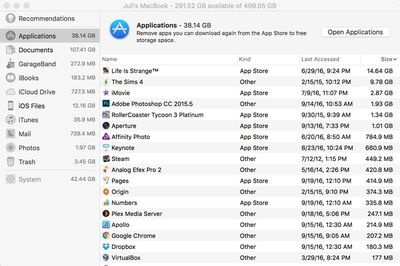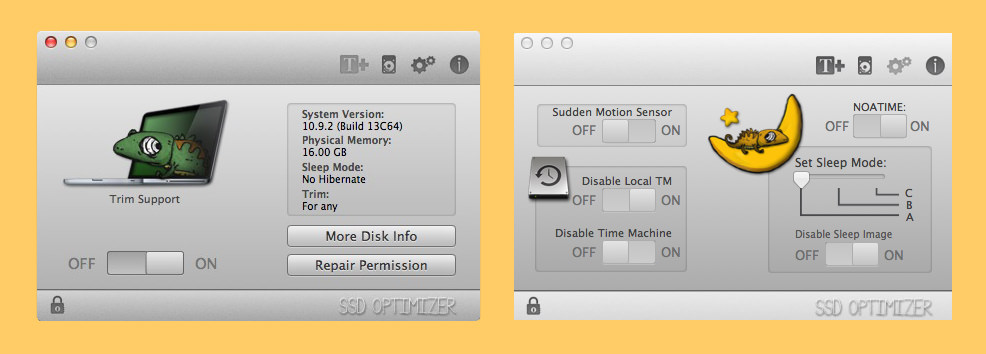
This enables less write amplification and, as it doesn’t use up the precious P/E cycles, the SSD’s lifespan will be much longer. The TRIM command allows the operating system to inform the SSD about regions where the data marked for deletion are stored, and after trimming the SSD won’t preserve the contents of the block when it writes new data to a page. TRIM can be considered a more efficient way of handling “garbage” and was introduced shortly after SSDs became available. The same data (and metadata) ends up being written over and over again in our daily use of computers generating a phenomenon called write amplification, which uses up the limited P/E cycles. When data changes, it must be written again. Unlike traditional hard drives, data on SSDs can’t be directly overwritten. Each block contains a specified number of pages (from 32 to 256), which contain a specified amount of data (2 to 8KB). What represents a challenge is that with an SSD you can write on a page any time, but you can erase only one block at a time. SSDs contain memory cells organized into pages and blocks. Manufacturers address this issue with so-called wear leveling, which prevents SSD memory cells (the pages) from wearing out.

Writing to an SSD is like writing on a piece of paper with a pencil: if you erase the same space too many times, it can wear out. There is one thing to note, though, and that is that there are a limited number of P/E cycles an SSD can support.

Writing to an SSD is totally different than writing to a traditional hard drive: the SSD first clears existing information from the flash memory cells and programs new data into them hence, the writing process is often referred as program/erase cycles or P/E cycles. There is one tiny command line you must type into Terminal to enable a feature meant to expand the lifespan of the newly installed drive this feature is called TRIM. However, you shouldn’t stop at installing a new SSD.

You’ll notice the huge performance improvement right from the first time you boot up and immediately praise yourself for making this investment. The best way to expand your Mac’s lifespan and obtain a significant speed boost is by replacing the hard drive with a solid state drive (SSD).


 0 kommentar(er)
0 kommentar(er)
